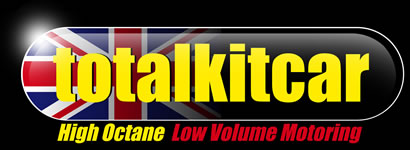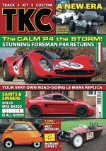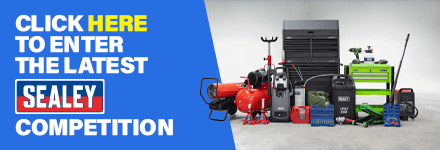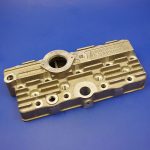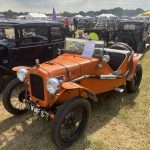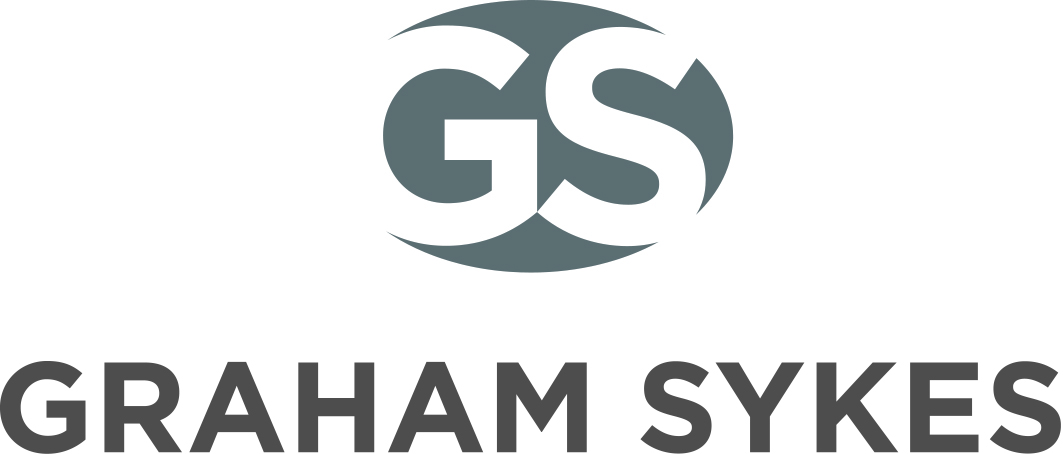THE AQUAPLANE COMPANY LTD
STEVE HOLE pays his respects to a great old tuning name from the sixties, THE AQUAPLANE COMPANY LTD this week. If you had a Ford or a Mini in the sixties, they had a catalogue full of go-faster parts to tempt you with!
The Aquaplane Company Ltd was another famous old name of the sixties tuning and go faster scenes called founded by Harmer Copeman in 1954. They were based in Oulton Broad a suburb of Lowestoft in Suffolk.
Along with the likes of V.W Derrington and Alta, the Aquaplane name was a revered one.
As the name may suggest, Copeman’s influences were from the marine world and he raced speedboats from about 1936, while he was still studying at college. He was pretty successful, too.
He started to tinker with his marine engines and even got the gig with Darby-One Design for their hydroplane design which had a 10bhp Ford sidevalve engine.
Instead, Copeman transplanted a Ford 1172cc Ford unit on his own squib which became the boat to beat. Soon others wanted him to replicate what he’d done on their boats.
Another thing that also gave Aquaplane an edge against some of their rivals was the marine work which evolved into the automotive world on Ford-powered specials of the late fifties, particularly concerning the Ford 100E engine and his reputation grew when the Morgan 4/4 S2 competition model featured Aquaplane’s cylinder head and twin SU carbs as standard fit.
In 1960, it was clear that Ford engines were Copeman’s chosen speciality and he catered for the likes of most of Ford’s engines of the day both four and six-cylinder units for which he offered a triple SU conversion. It wasn’t just Ford though. The company also did a nice line in A-Series upgrades, too.
A year later and Aquaplane’s adverts were proclaiming themselves as ‘manufacturers of the largest selection of performance equipment for Ford cars in the world’. Brave words, possibly true, but by the same token a claim would have probably been disputed by the likes of Vic Derrington.
Lots of Aquaplane’s contemporaries made outrageous horsepower claims about their parts, but it was always said that Aquaplane’s were considered to be more realistic.
Another plus point was that Copeman always continued to carry out development on his components and had them dyno-tested before he offered them for commercial sale. He also fabricated much of the company’s inventory in-house at Oulton Broad (they were actually in the neighbourhood of Camps Heath in a big shed in the garden of his Copeman’s house The Gables!).
They weren’t afraid to have other Aquaplane-badged components made by trusted suppliers such as the range of gauges produced for them by Smiths Instruments. I’ve always loved the sound of their Aquaplane ‘Ratemeter’ was a grand name for a vacuum-operated fuel gauge.
However, it was the Aquaplane Superhead that was their best-selling item, closely followed by their lightweight alloy flywheel. This was an interesting item as there were two versions – one with a steel pressure plate for road use and a competition-spec version without.
Also on the pricelist were oil and water pumps, oil coolers, big valves, heavy-duty valve springs and performance camshafts. I also like the sound of the Aquaplane Twin Exhaust & Deep Note Converter, which I think was basically a big bore tailpipe.
Although automotive work became the major part of their business, Copeman never gave up producing components for his marine customers and among the inventory was a Ford 1172cc sidevalve engine revised for boat use.
In the early sixties, Aquaplane was sold to a new company and relocated to a new factory in Old Buckenham, Norfolk.
There’s a great website dedicated to The Aquaplane Company’s activities and you’ll find it at www.ford-aquaplane.co.uk.
| Print article | This entry was posted by admin on March 29, 2023 at 6:53 pm, and is filed under Uncategorized. Follow any responses to this post through RSS 2.0. Both comments and pings are currently closed. |
Comments are closed.
